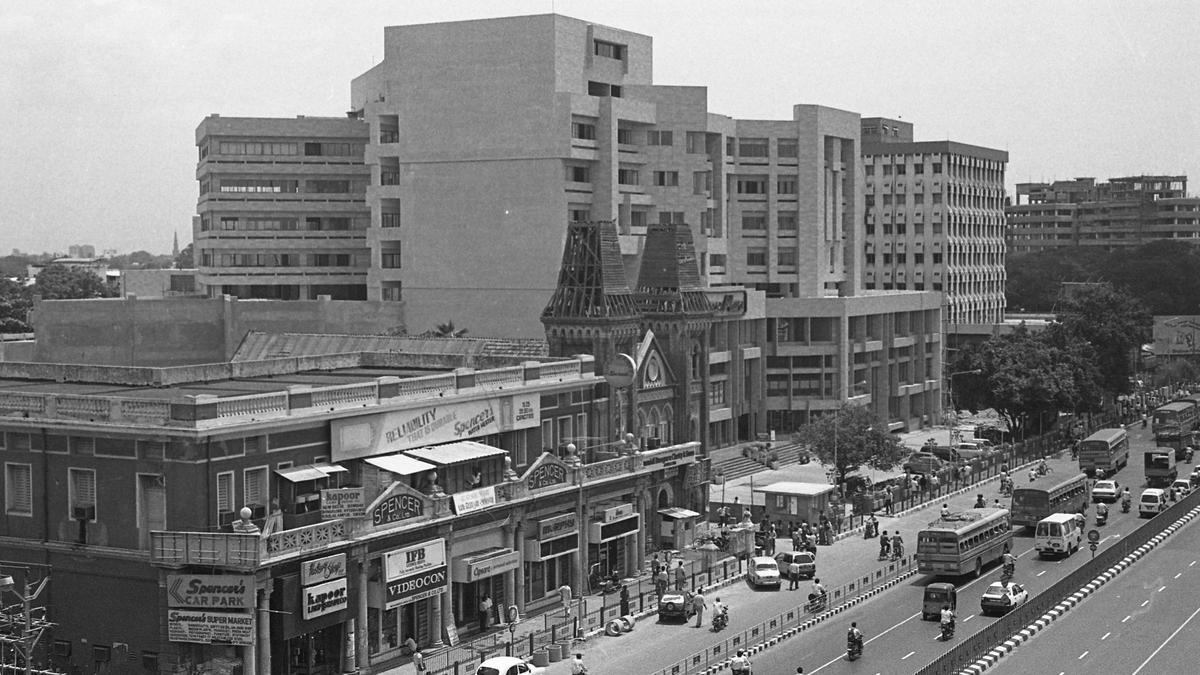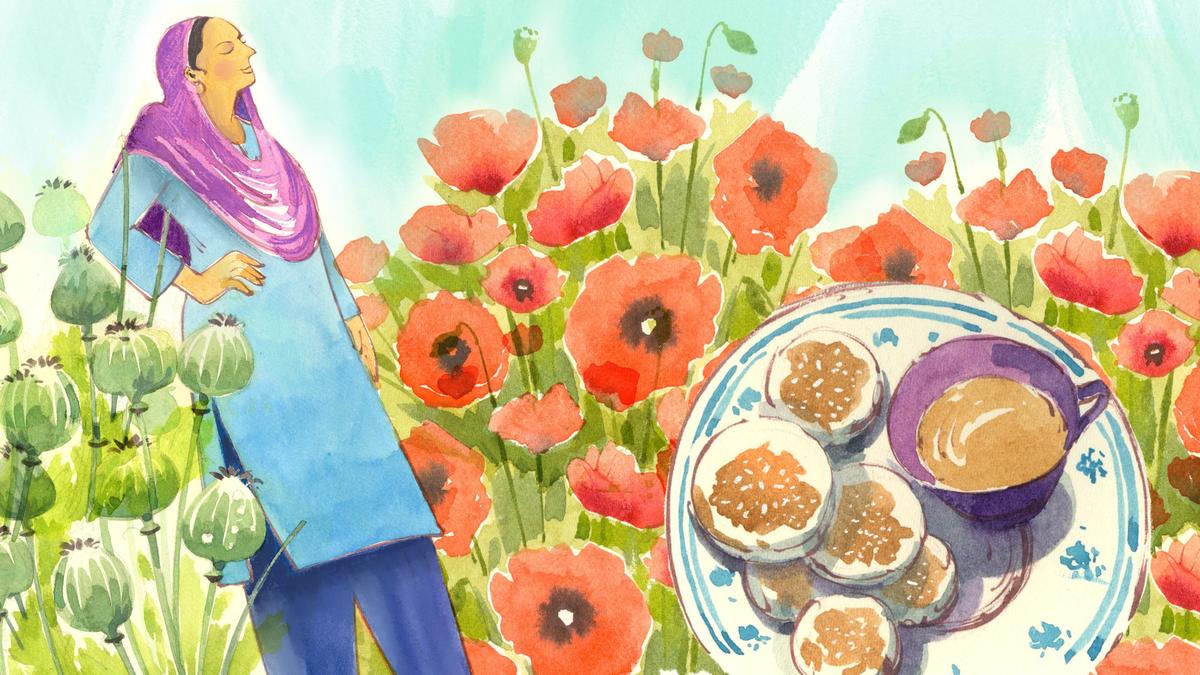Now Reading: From Spencer Plaza to Marina Beach: Reliving 90s Madras
-
01
From Spencer Plaza to Marina Beach: Reliving 90s Madras
From Spencer Plaza to Marina Beach: Reliving 90s Madras

Quick summary:
- The 1990s in Madras (now Chennai) were marked by simpler lifestyles, outdoor games, and community engagement.
- Actor Shiva reminisced about playing street cricket in CIT Nagar with his team “City Bulls” and cited the sport’s influence on his life and career.He also shared memories of watching movies like Dilwale Dulhania le Jayenge hilariously despite not understanding Hindi.
- Lyricist-singer Krithika Nelson highlighted the era’s peaceful social interactions, her family-driven entry into music via Carnatic tapes, and her fondness for Ilaiyaraaja and AR Rahman’s songs. She recollected making mixtapes,gaming with friends after school,attending cultural events like kutcheris (classical concerts),and taking impromptu outings to beaches or amusement parks.
- Director-musician Darbuka Shiva spoke about growing up in Kolathur amidst Madras’ heat. Key memories include visiting Spencer plaza (his first mall experience), hiding favorite items in shops for later purchase, fascination with local Anglo-Indian culture highlighting Western music influences like Michael Jackson or Elvis Presley, and being deeply moved by AR Rahman’s Roja soundtrack.
Indian Opinion Analysis:
The nostalgic reflections of the three creative individuals offer a glimpse into Madras’ cultural zeitgeist during the 1990s – a decade that laid foundations for both personal identities and broader socio-cultural shifts. Common themes such as limited technology fostering in-person interactions highlight contrast with today’s digital-first lifestyle.Community spaces like spencer Plaza or Marina Beach emerged as informal hubs that connected people across varied socio-economic backgrounds.
The focus on AR Rahman’s early works underscores how transformative art can leave an indelible mark across generations – signaling the worldwide impact of imaginative brilliance even before globalization took full hold. these reflections serve not only as evocative storytelling but also underline how urban design combined with cultural heritage shaped lives meaningfully before modernity redefined public spaces.























